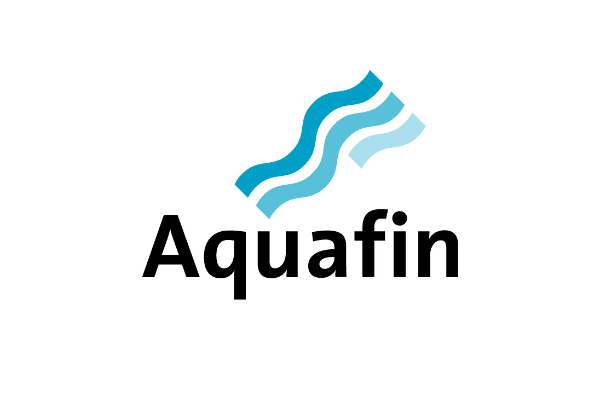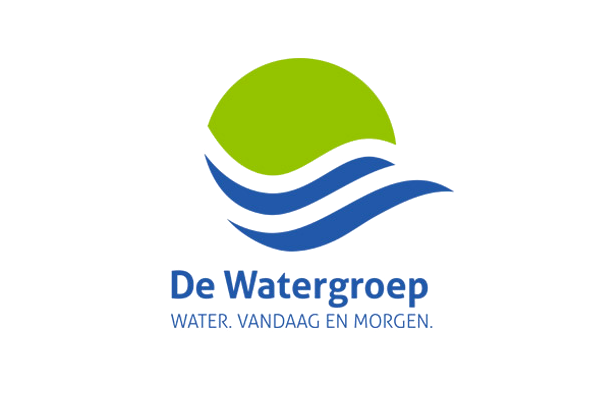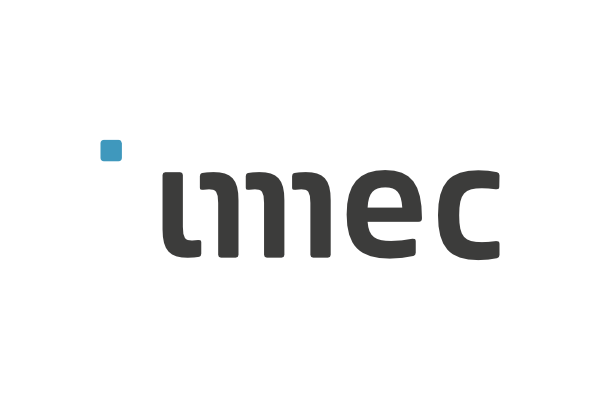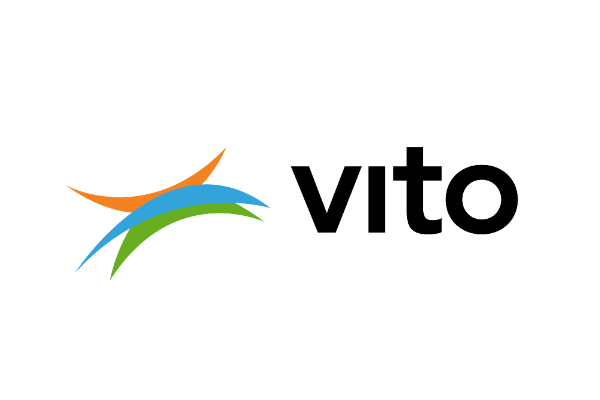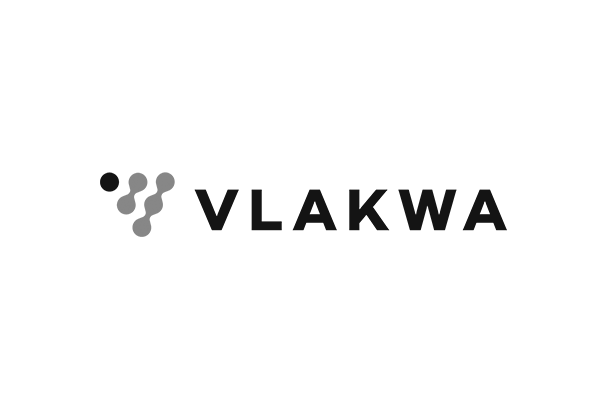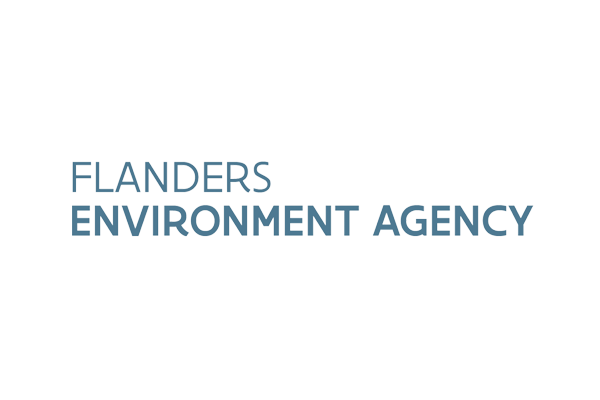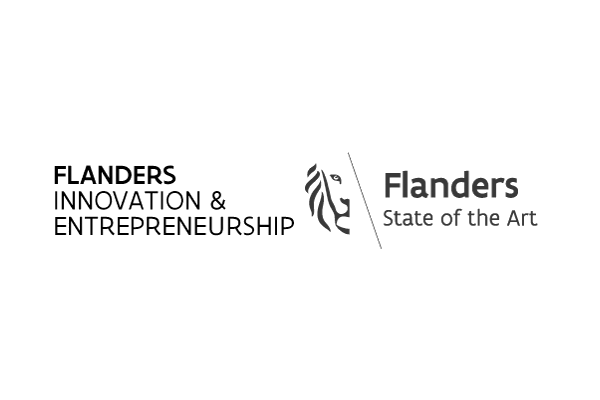Among the things VITO is developing for Internet of Water Flanders are the algorithms and models that translate the water quality data into usable information for the users. VITO is proud to be able to link its hydrological knowledge to IoW’s data and thus to provide truly ready-to-use and useful information for all kinds of water managers. How exactly will that role evolve over time?
Piet Seuntjens (VITO): “We are responsible for interpreting the raw data coming from the IoT sensors, among other things, and ultimately providing usable information. This requires a good knowledge of water systems. At the same time, we facilitate the combination of our own project data with information from outside.”
“If you want to get the maximum amount of information out of data, the first important step is to pick the locations and place the sensors in the water. How deep do you measure, for example? At the same time, you also need to know how to take that choice into account to interpret the data.”
“We’re also working on validating the data, looking at anomalies: what measurement data is coming in that can’t possibly match reality? That data must be filtered out so it doesn’t distort the overall picture of water quality. This process is very important, because in time we’ll be receiving so much data that we can only continue with correct, high-quality measurement data.
We’ve recently started to receive sensor data and to work on pattern recognition: what data is coming in and what patterns do we see in it? Specific events, as we call them, have a certain signature. You can see that, for example, when the overflows fill up.”
“If you can recognise patterns, you can also map out the frequency of those ‘events’ and that allows you to start predicting such events in the near future as well.”
“That’s a third area we worked on, known as ‘forecasting’. With machine learning technology, we’ve started to make predictions 24 and 48 hours ahead based on other area characteristics. This will eventually make it possible to do your water management adaptively as well, based on the prediction and not just the real-time data. This, for example, could be useful for the intake strategy of a drinking water company. It could also help local governments take targeted preventative measures to combat salinisation.”
This article is part of an interview series. Also care to know more about the other topics?
De Watergroep and Aquafin on their use cases: salinisation and pollution from overflows
Internet of Water Flanders takes collaboration between water actors to a new level
Internet of Water Flanders as an innovation accelerator for water policy in Flanders
Internet of Water Flanders’ full-stack approach: a leading edge from the start
The data platform and its governance: an important issue
Towards more decentralised water treatment and local wastewater and rainwater reuse


